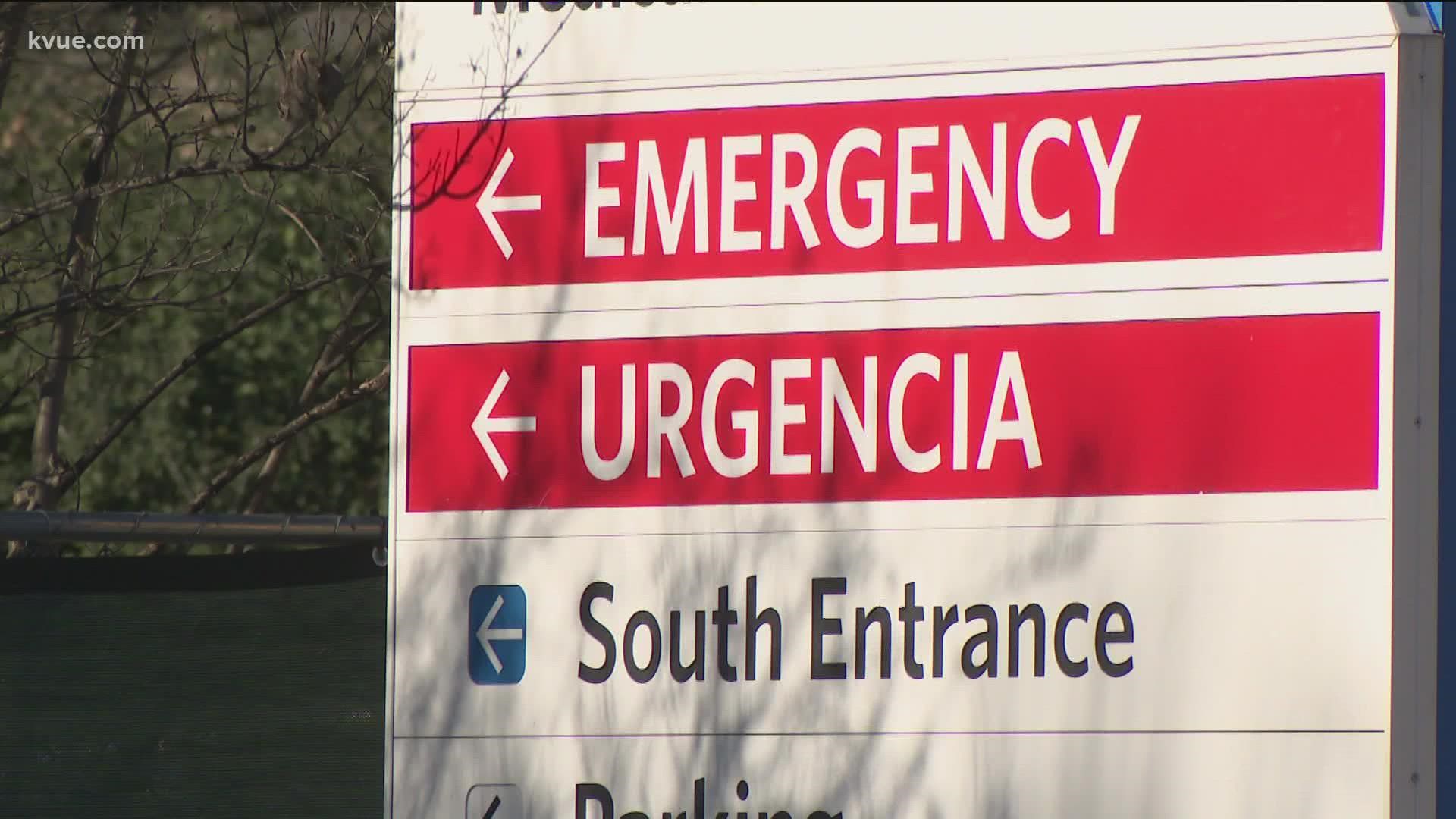TRAVIS COUNTY, Texas — When people are taken to the hospital, the nurses and doctors in the emergency department are their first point of contact.
“So everyone who's an ICU patient, is a surgical patient, they are our patients first,” said Dr. Natasha Kathuria, an Austin-area emergency medicine physician and global health specialist. “So we see them, we manage them and so we see all the sickest patients with COVID.”
The number of COVID-19 patients they are seeing has been going up significantly recently.
“For the past three weeks, we've seen hospitalizations go up quite dramatically, the case numbers exponentially increase” said Dr. Kathuria. “So we are officially in our surge in Austin and surrounding areas.”
Hospitals are seeing both vaccinated and unvaccinated people come to the emergency room, but she says there is a big difference in how those patients do once they get to the hospital.
“Personally, I have not admitted a single vaccinated patient in the last three weeks,” said Kathuria. “Every vaccinated patient I've been able to send home. That being said, there are vaccinated patients who have been admitted by my colleagues, and they do well. They get admitted for just a few days, just enough to start some steroids, stabilize your oxygen and then go home.”
Dr. Kathuria did say that the vaccinated patients who do experience severe illness are generally those with underlying health issues.
The medics who take the patients to the hospital say they have also seen an increase in calls, but overall less severe symptoms in patients.
“I know that on my shift, it was about a third of the calls had COVID-like symptoms. And in talking to many medics, it's still quite a high percentage of calls where people have COVID,” said Selena Xie with the Austin EMS Association. “But fortunately, people are not nearly as sick as they were in delta or alpha.”
Xie says a lot of people can treat their symptoms at home, but that it is important to know when to go to the hospital.
“If you're having difficulty breathing, here you really can't breathe and you have low oxygen saturations, then you definitely need to go to the hospital if your oxygen saturations are below 92%,” said Xie.
Both Austin-Travis County EMS (ATCEMS) and local hospitals are facing staffing shortages, especially as staff are out sick with COVID-19. Despite this, both Xie and Kathuria say they will continue to serve the community the best they can and ask that the public does their part to by getting vaccinated, boosted, and wearing a mask.
“Every surge comes to an end, so this one will and you just got to make it through for the next few weeks,” said Kathuria.
ATCEMS noted that the reasons to call 911 for an ambulance have not changed solely because of the virus. The EMS department shared the following information on when people should go to the hospital for COVID-19 symptoms:
- If you have severe difficulty breathing, chest pain, or altered mentation
- If you feel that you are having a medical emergency
ATCEMS said those with mild to moderate symptoms should call or visit their doctors or a telehealth provider or visit an urgent care. The department added that 911 should not be called for testing and urged the community to reserve visits to the emergency room for medical emergencies.
For testing, those with mild symptoms or no symptoms may call 2-1-1, or 877-541-7905 or visit austintexas.gov/covid19.
PEOPLE ARE ALSO READING:

